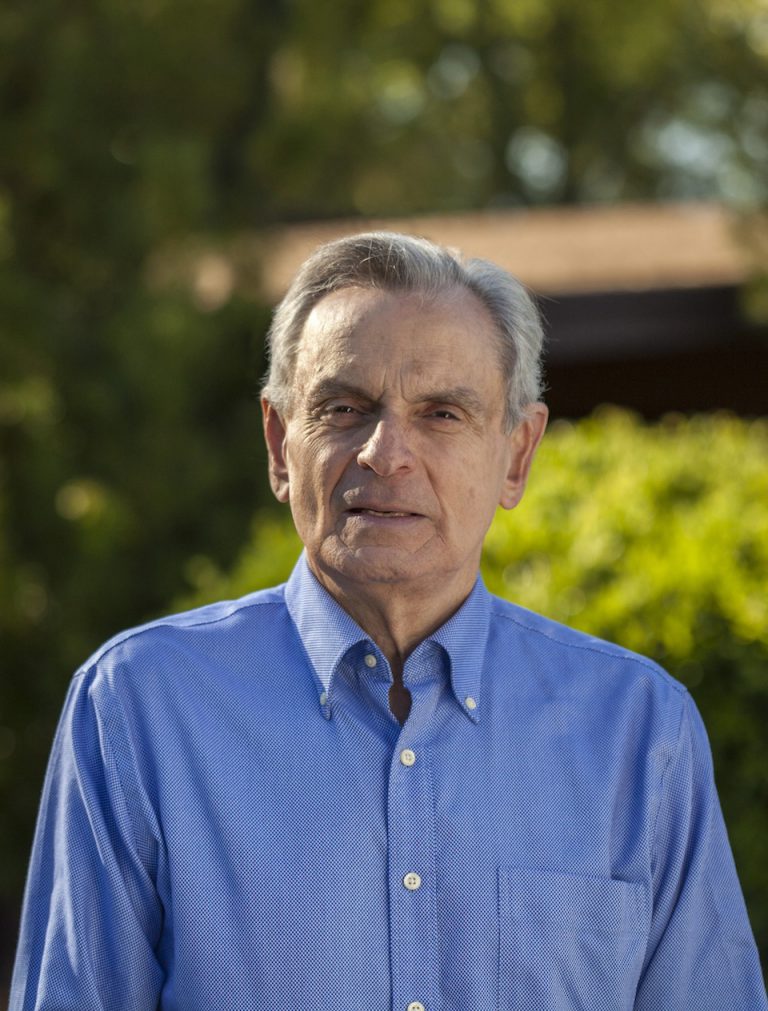

The gentle mystic that his disciples wished to see inhabited the same small body as the relentless labor leader who concerned himself with the most minute operation of his union. In a 1993 New Yorker obituary, Peter Matthiessen, who befriended Chavez in the Sixties, wrote, "Anger was a part of Chavez, but so was a transparent love of humankind. In the end, Chavez was remembered most for his compassion for the downtrodden. I think he wanted to do something again."

Cohen, according to one published account, remarked later: "Cesar was talking about getting people back together.

In 1992, a decade after the battle had ended (and seven months before Chavez died unexpectedly), Padilla, Cohen, and Ganz reunited with Chavez at the funeral of mutual friend and organizer Fred Ross. But despite the setbacks, the union's insurgent spirit stayed alive. They hurt the UFW's credibility in the press and made it tougher for farmworkers to organize. Between 19, resignations included some of the organization's top guns: Jerry Cohen, chief legal counsel and director of the legal office for 17 years Marshall Ganz, chief organizer for almost 15 years Gilbert Padilla, a co-founder and secretary-treasurer of the union and Jessica Govea, director of the UFW's health service program. Some left on good terms others openly criticized what they referred to as Chavez's authoritarian style and the overall organizational structure of the UFW. In the resulting battle, the UFW suffered the exodus of a sizable number of organizers, administrators, and staff from several levels of leadership serving under Chavez. Would the UFW be a social movement? Or more like a traditional union? Some, like Chavez, wanted a centralized structure (wherein direction would come from headquarters), while others wanted a decentralized organization and greater power to politic within the union. During the late Seventies and early Eighties, the United Farm Workers went through an internal struggle over power and loyalty that weakened the organization and led to the loss of many talented staff members.Ī simmering conflict in the 1970s - over the longstanding question of organizational structure - had become a full-blown rift by the 1980s.


 0 kommentar(er)
0 kommentar(er)
